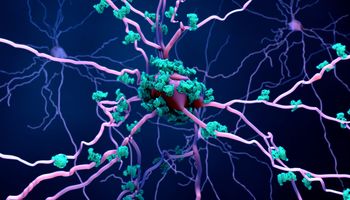What is a behavioral addiction?
Everyone comes into contact with potentially addictive substances such as alcohol, online games or medications in everyday life. It is no wonder that addictive disorders have now become one of the biggest risk factors for morbidity and mortality worldwide, according to the German Medical Journal. Nevertheless, not everyone develops an addiction who regularly deals with potentially addictive substances, and the type of addictive substance and the strength of the addiction can also vary depending on the individual case. For example, there is alcohol addiction, shopping addiction, or sex addiction. People can therefore be addicted not only to substances such as cigarettes, but also to a certain behavior. In these cases, the term behavioral addiction is used. In contrast to substance-related addiction, those affected repeat a behavior that is part of everyday life for most people to a healthy extent. In their case, however, this behavior takes place excessively, i.e. addictively. This can make it difficult to recognize a behavioral addiction at an early stage and to distinguish between normal and addictive behavior.
Behavioral addictions are also known as behavioral, non-substance or non-substance addictions. As the name suggests, it is everyday behaviors that people develop an addiction to. Working, eating or playing can become a problem. Things that are normal for other people and are also practiced by them. The difference is that in addicts this behavior takes place excessively as well as uncontrollably until it leads to mental, financial, social or even physical consequences. Officially, however, such behavioral addictions do not belong to the category of addictions, but are included in the international classification system of disorders: Abnormal Habit and Impulse Control Disorder.








